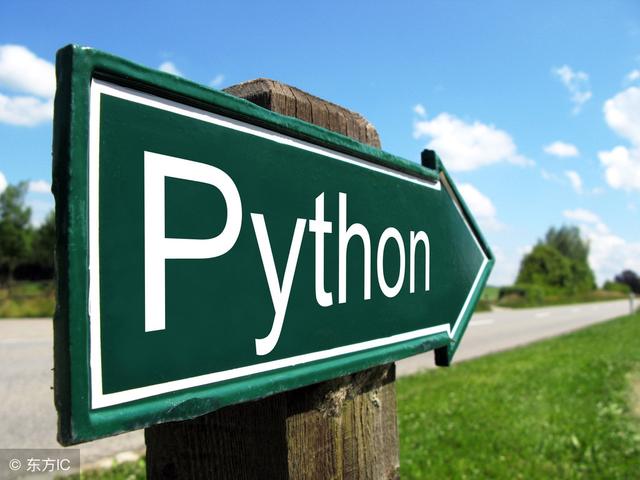定位字符、字符串截取 Python基础篇【定位字符串位置、字符串截取】
1 2 3 4 5 6 7 8 9 10 11 12 print ("姓名:{},地址:{}" .format ("王小二" , "山东青岛" ))print ("姓名:{name}, 地址 {adress}" .format (name="王小二" , adress="山东青岛" ))site = {"name" : "王小二" , "adress" : "山东青岛" } print ("姓名:{name}, 地址:{adress}" .format (**site))arr = ['王小二' , '山东青岛' ] print ("姓名:{0[0]}, 地址:{0[1]}" .format (arr)) ~ ~ ~ ~
循环遍历 遍历一个范围内的数字 1 2 for i in xrange(6 ): print i ** 2
xrange会返回一个迭代器,用来一次一个值地遍历一个范围,这种方式比range更省内存。在python3中xrange已经改名为range。
遍历集合 1 2 3 colors = ['red' , 'green' , 'blue' , 'yellow' ] for color in colors: print color
反向遍历集合 1 2 for color in reversed (colors): print color
遍历集合及其下标 1 2 for i, color in enumerate (colors): print i, '-->' , color
遍历两个集合 1 2 3 4 names = ['raymond' , 'rachel' , 'mattthew' ] colors = ['red' , 'green' , 'blue' , 'yellow' ] for name, color in izip(names, colors): print name, '-->' , color
zip在内存中生成一个新的列表,需要更多的内存,izip比zip效率更高。在python3中,izip改名为zip,替换了原来的zip成为内置函数。
有序遍历 1 2 3 4 5 colors = ['red' , 'green' , 'blue' , 'yellow' ] for color in sorted (colors): print color for color in sorted (coloes, reverse = True ): print color
自定义排序顺序 1 2 colors = ['red' , 'green' , 'blue' , 'yellow' ] print sorted (colors, key=len )
列表解析和生成器 1 print sum (i ** 2 for i in xrange(10 ))
在循环内识别多个退出点 1 2 3 4 5 6 7 def find (seq, target ): for i, value in enumerate (seq): if value == target: break else : return -1 return i
分离临时上下文 1 2 3 with open ('help.txt' , 'w' ) as f: with redirect_stdout(f): help (pow )
上述代码用于演示如何临时把标准输出重定向到一个文件,然后再恢复正常。注意redirect_stdout在python3.4加入。
打开关闭文件 1 2 with open ('data.txt' ) as f: data = f.read()
使用锁 1 2 3 4 lock = threading.Lock() with lock: print 'critical section 1' print 'critical section 2'
用字典计数 1 2 3 4 5 6 7 colors = ['red' , 'green' , 'red' , 'blue' , 'green' , 'red' ] d = {} for color in colors: d[color] = d.get(color, 0 ) + 1 d = defaultdict(int ) for color in colors: d[color] += 1
获取日期时间、处理日期时间 Python基础篇【获取日期、处理日期】









